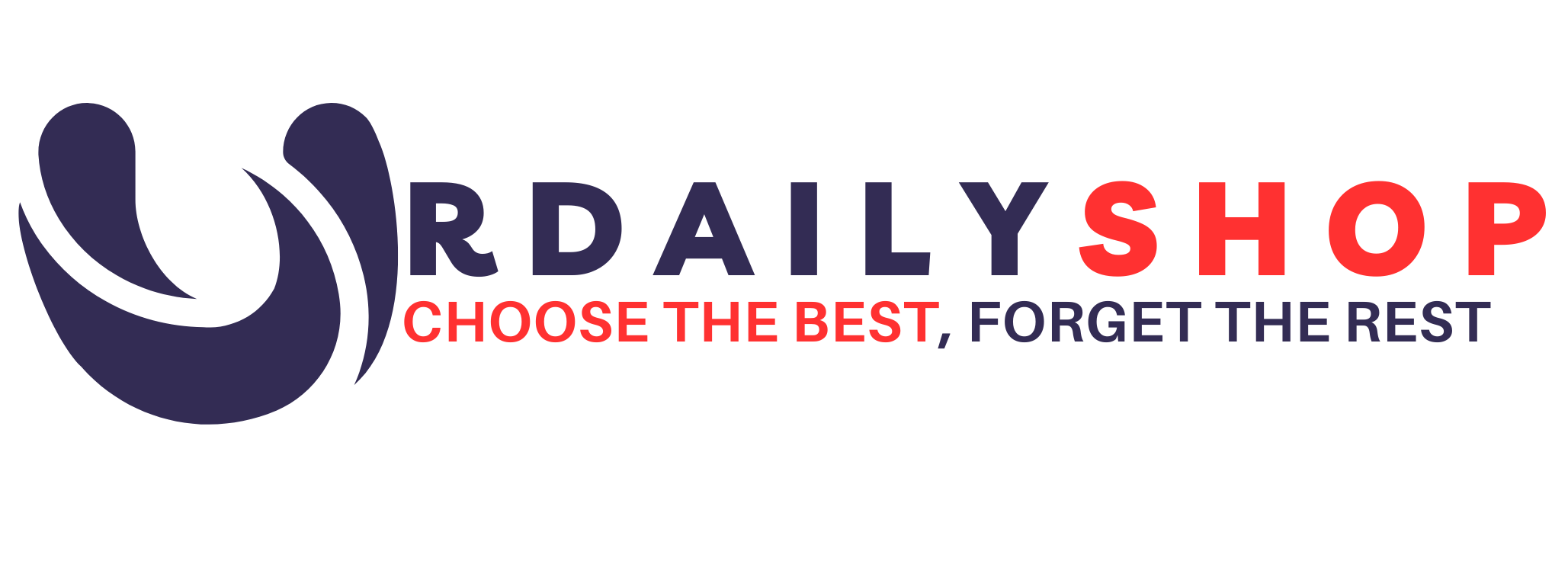
As a 46-year veteran high school teacher, I often worry that my students will soon dismiss me with a response of “It’s okay, Boomer.” Although I am a member of Generation X, I am technically closer in age to my Baby Boomer predecessors than to the Zoomers in my classroom, but they simply see me as the older guy behind the desk.
My students are navigating a world that looks very different from the one in which I grew up. But even as technology, trends, and even the challenges we face evolve, the fundamental need for support and understanding remains constant. Despite what some of my students may sometimes think, I have learned a few things over the years that might be useful to them. Of course, remembering what it’s like to be a teenager is not the same as being a teenager, and I make sure the advice I offer my students comes from a place of humility. You won’t hear Mr. Cullinane standing in front of the classroom proselytizing about the good old days or how he walked uphill to school both ways and still always arrived on time. He is much more likely to mention my flaws.
The pressures and challenges my students and children face are very real and significant. I am grateful to be able to use the many resources in Mental Health America’s new toolkit this fall: Selfies, social networks and screens: navigating virtual spaces for young people – created in partnership with Walgreens. Young people need well-trained mentors, the right resources to identify warning signs, and sometimes a helping hand. This toolkit offers advice and guidance for me as a teacher and for young people and their carers.
Sometimes the advice young people receive about self-care online can be questionable or sometimes even counterproductive. Carry “rotting“, for example, where young people are told that the best way to overcome their mental health problems is to sit in bed to take care of themselves, where they may end up scrolling through social media and consuming negative news and information about what grim that humanity is today.
Full disclosure: As a teenager, I suffered from depression, anxiety, and a general feeling of malaise. In a time when things seemed so much simpler, my generation shared the same core concerns as my students today: feeling disconnected, hopeless, and more than a little lost. I rarely had a good day at school and often left feeling hopeless, like I didn’t belong and like no one liked me. As a result, I frequently pretended to be sick, rotting in my bed (before “bed rot” was a thing), watching bad sitcoms, and desperately trying to calm my mind.
And you know what? It worked.
Well, it worked until it didn’t. Once 4pm rolled around and my day of rot turned into the promise of a new day, where I would not only face the same challenges but also pile up homework from missing school, I panicked. Anxiety, frustration and self-hatred multiplied.
This pattern continued for me throughout college. No one gave me advice on how to get over it because everyone assumed I was lazy. In general, people weren’t as willing to talk openly about mental health issues back then.
During my last year of college, I began tutoring a young man in reading. We meet every week to read The outsiders Together and with my help he grew as a reader. But the real change happened in me. A new feeling took over me: pride. By helping another person, I helped myself. This experience is also how I learned to feel empowered: that we can take control of our lives and become strong and confident. Empowered people are better equipped to handle the stressors of everyday life. They can make a change in themselves and in others.
That’s why I appreciate the partnership between Walgreens and Mental Health America to create much-needed resources for the youth and adults in their lives. Also, I encourage my students to go to Walgreens Expression Challenge each year, allowing students to create and share potentially useful content with each other.
I especially like the “social media do’s” list and have shared it with my students. This is a core component of media literacy and should be incorporated into almost every class. The comprehensive list keeps things simple and direct for students, while also addressing the nuances of being a teenager in our modern world.
The visual printouts and handouts in my classroom will serve as a reminder that we need to address mental health every day, not just when it comes up in a discussion. By keeping this topic in visual proximity, we always remember to take care of ourselves and others.
I will also share this information with parents. I want to be an advocate for my students, even in their challenges outside of my classroom, and a big part of that is being a resource for parents.
I know from working daily with Generation Z that they can do great things. But honestly, it’s not easy for me or them. My hope is that they see that the future is bright, feel the thrill of doing good, and realize that we all play a role in making a real difference.
Michael Cullinane is a journalism teacher at Nicholas Senn High School in Chicago, Illinois.



.png)


